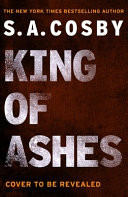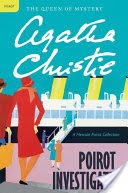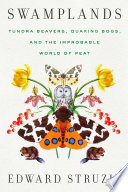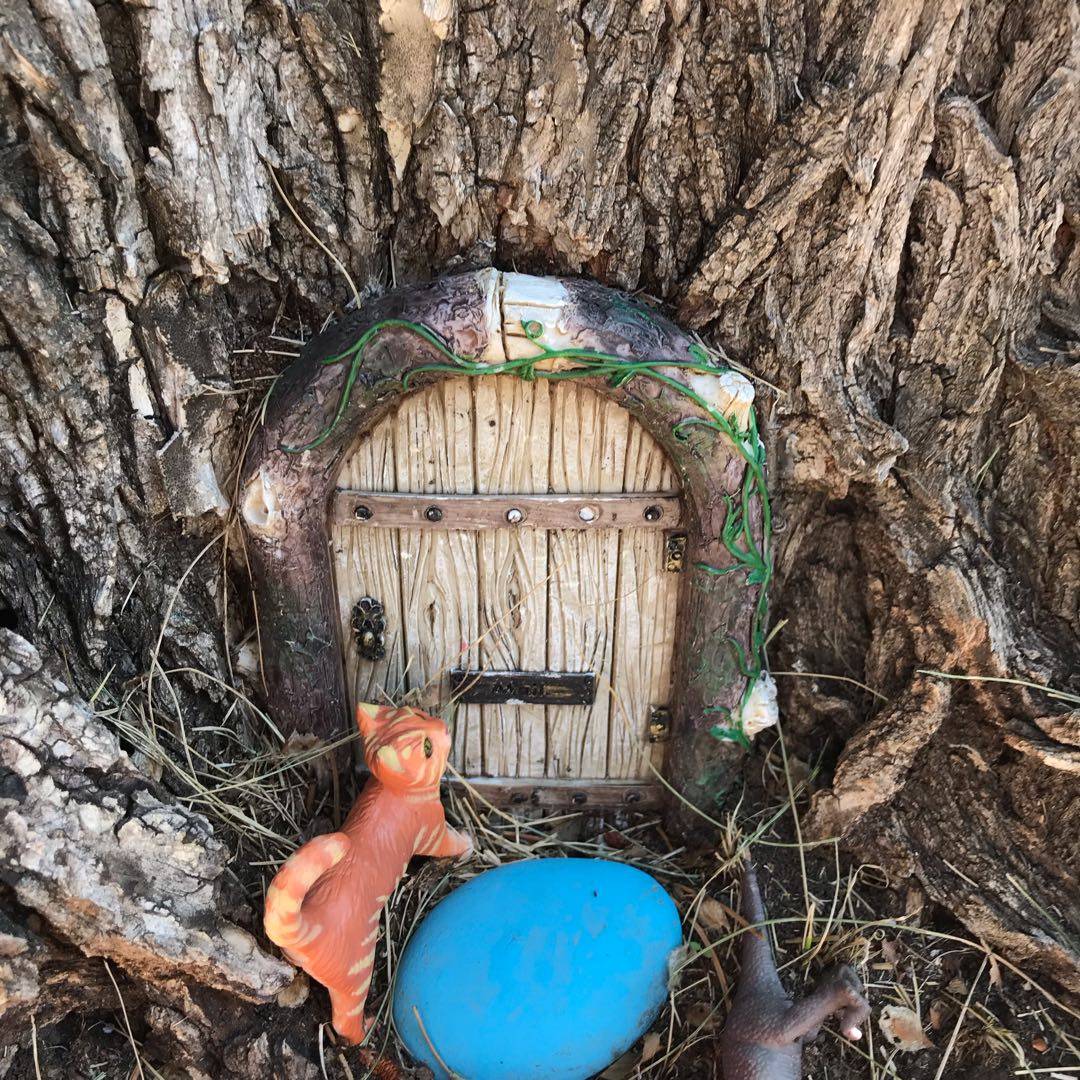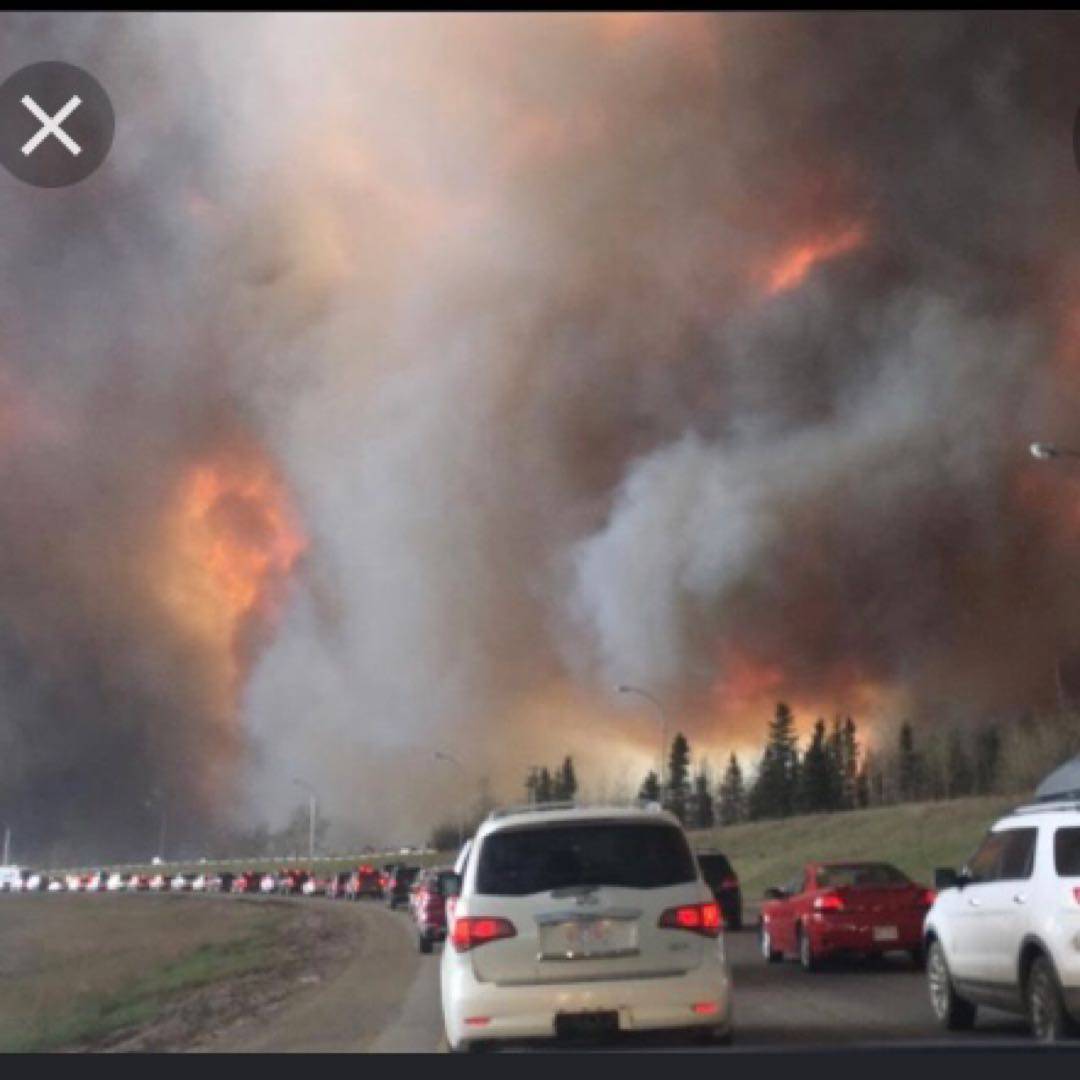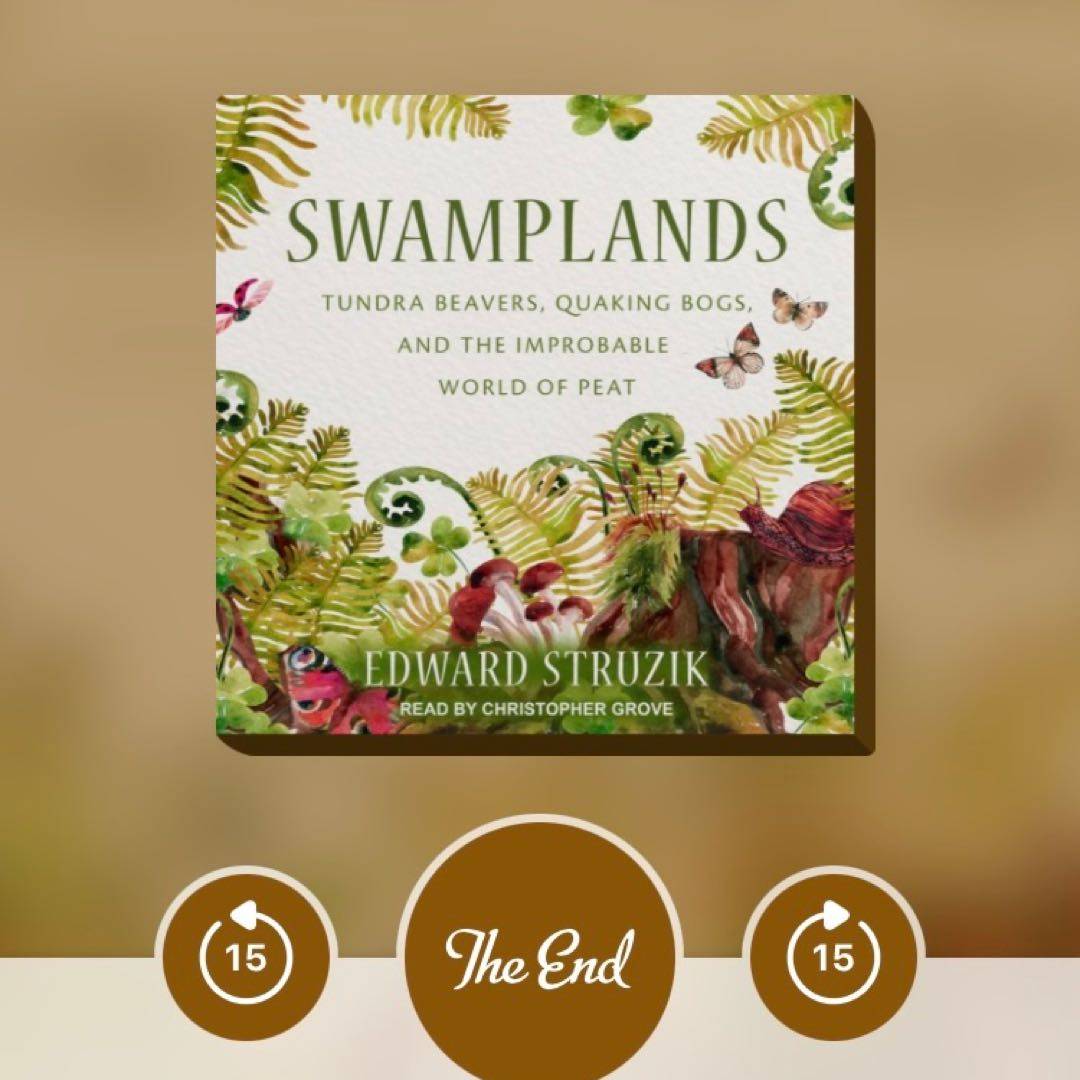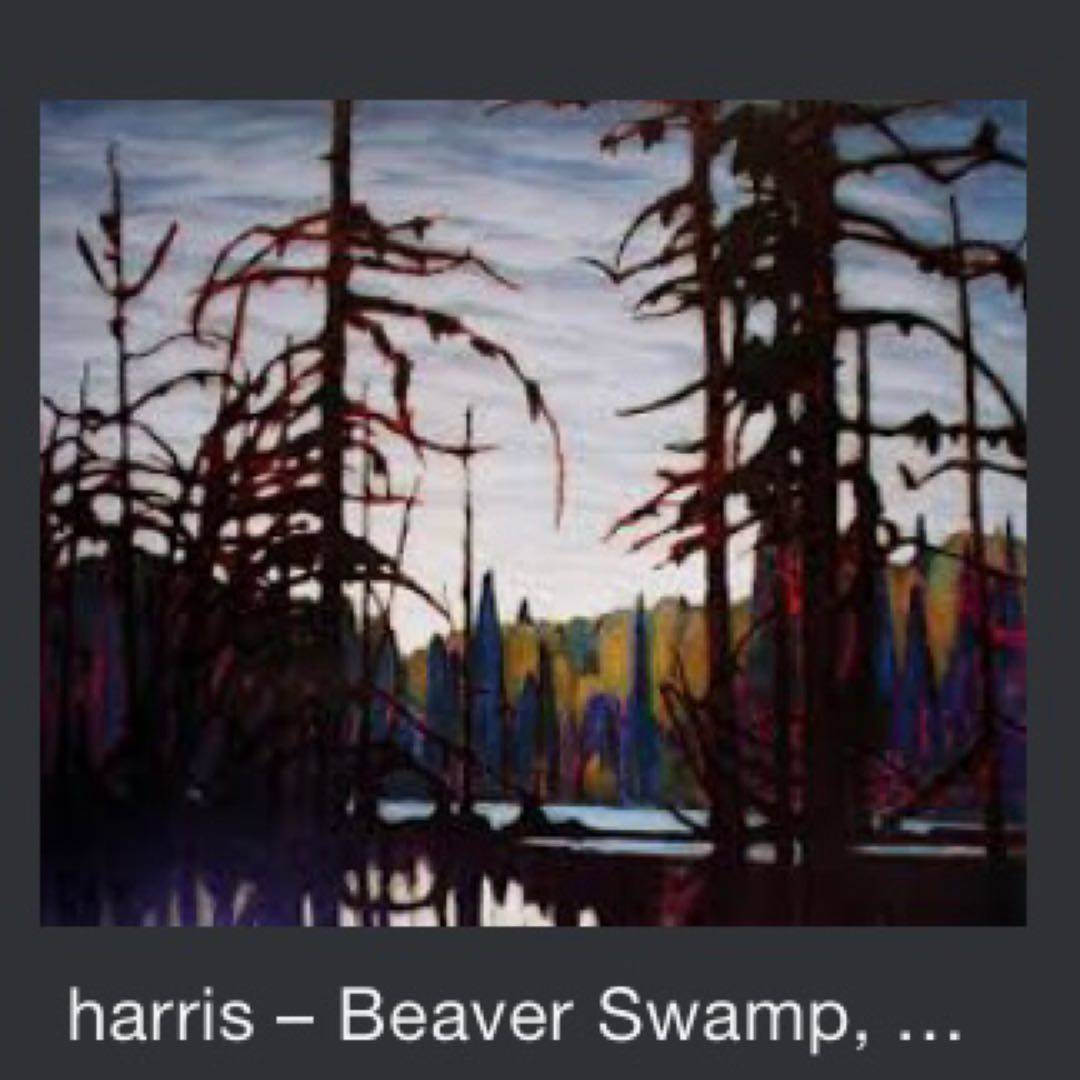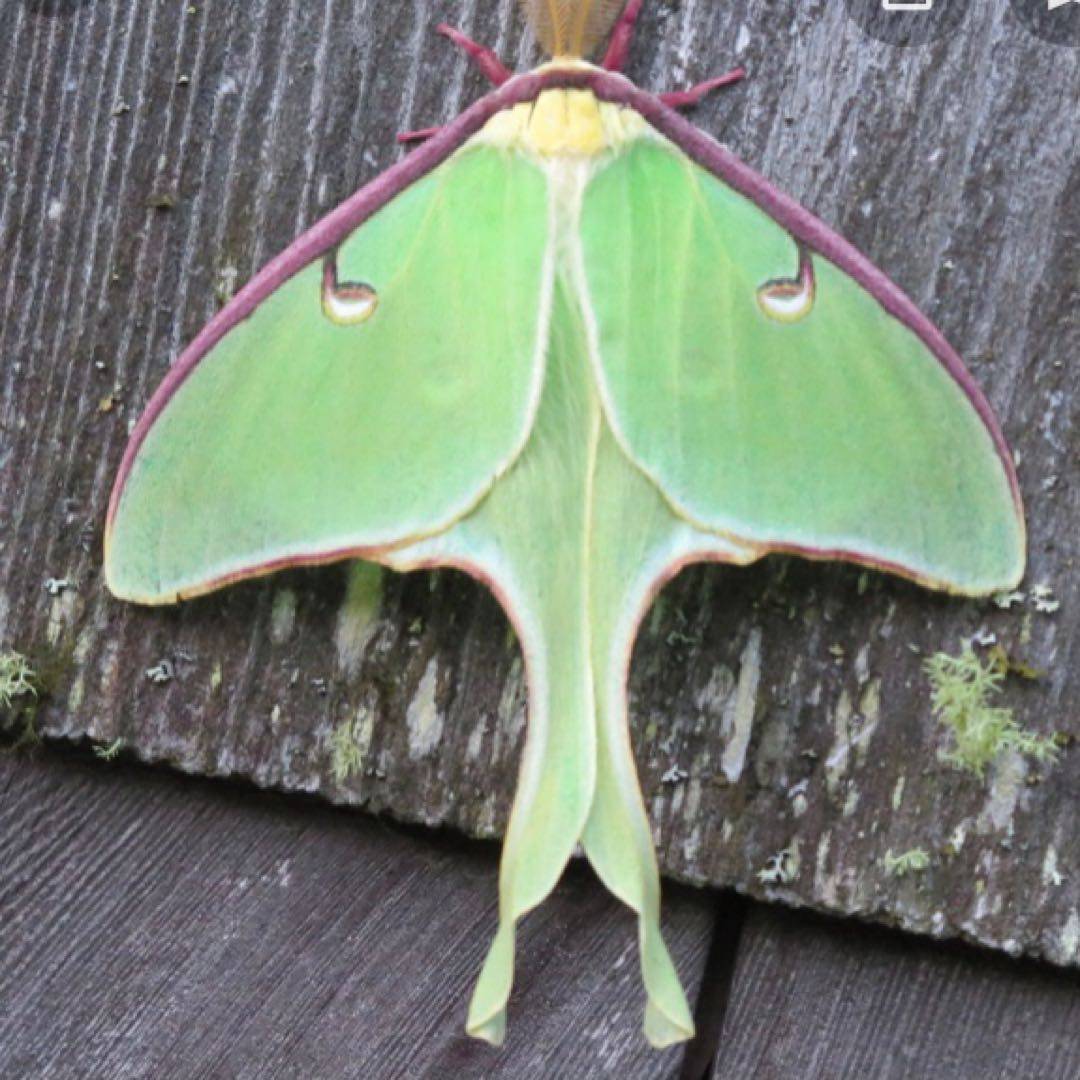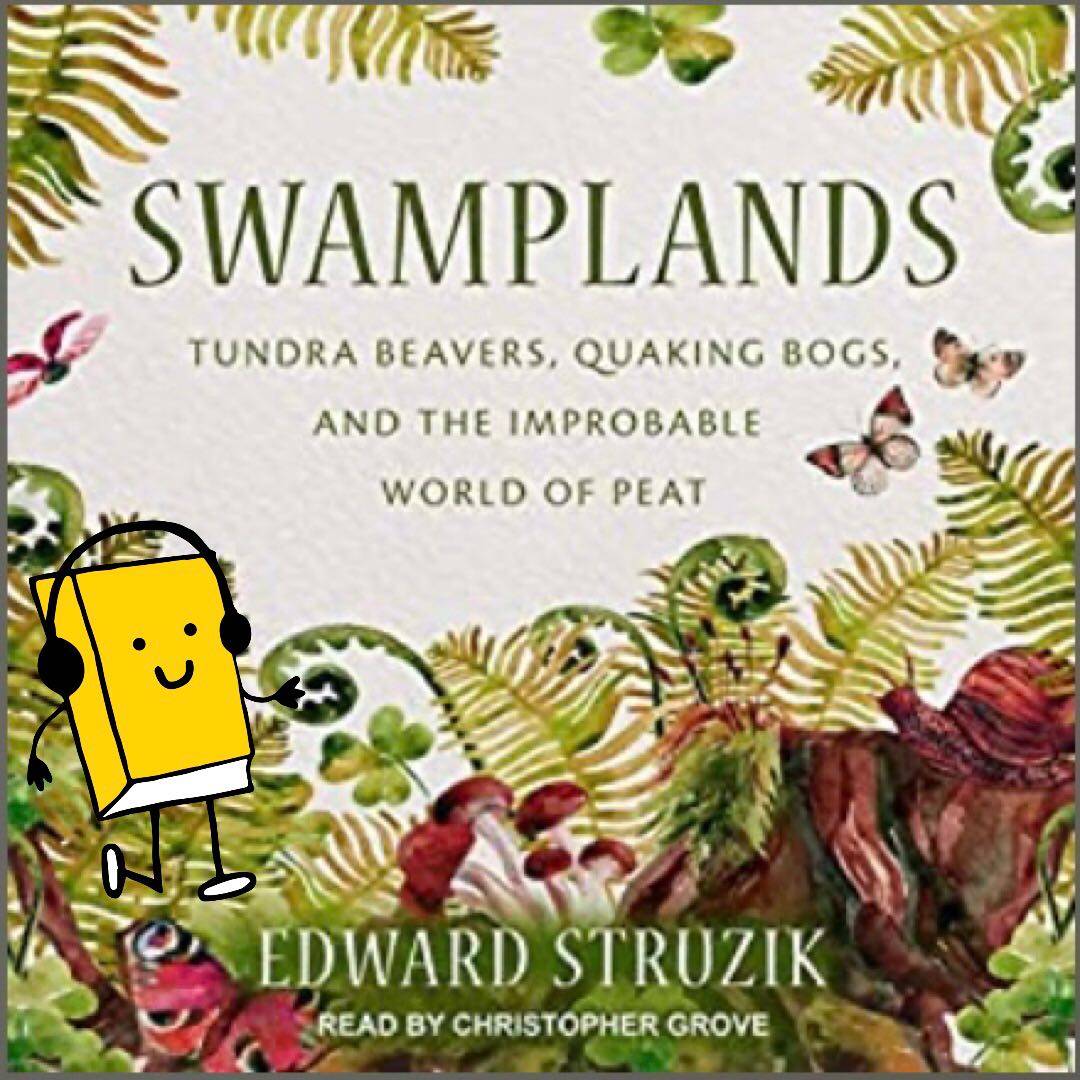
Bogs, fens, muskeg & swamps: in addition to being fascinating places that support all kinds of rare species of plants, birds, animals & insects, these wet landscapes are vital to our survival on this planet. Science journalist Edward Struzik makes this amply clear, explaining the power of peat moss to sequester carbon as well as hold massive quantities of water, stop the spread of wildfires, mitigate flooding and more.









